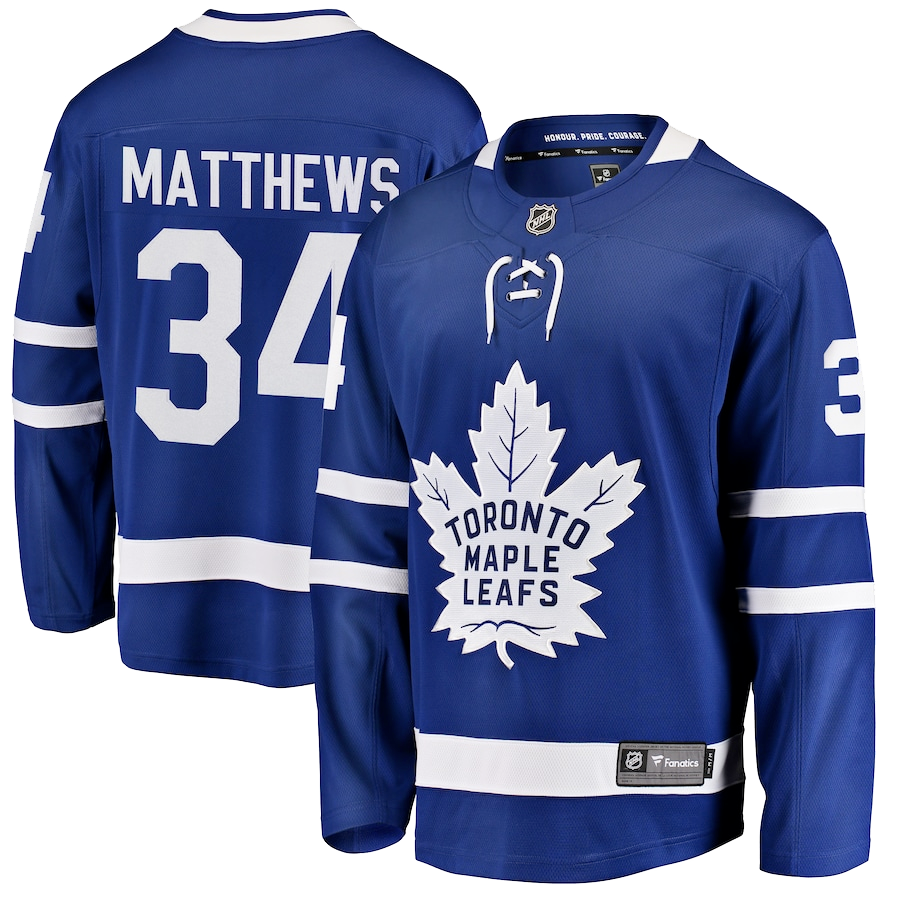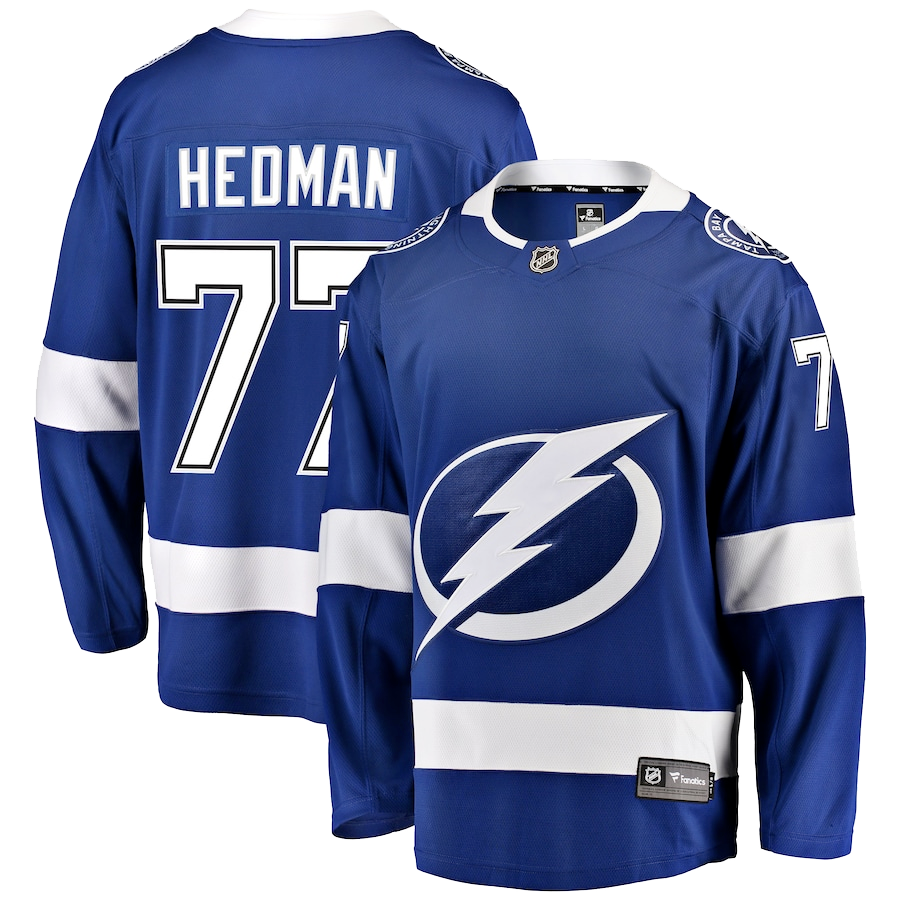The full line from which I’ve excerpted my title is, “Unresting death, a whole day nearer now,” from a Philip Larkin poem (“Aubade”), and I cite it as a reminder: we’ve lost Guy Lafleur, at 70 too young to go. And his death portends our own, though mostly we don’t like to think of such things, and it serves as a reminder about what and who to value.
Lafleur is not of my generation, but it’s close. He’s a player I’ve had in my mental landscape my whole life, because right about the time he was breaking into hockey with the Montreal Canadiens, in 1971-72, I was waking up to hockey. And I lived in Montreal, where nothing mattered except what the bleu-blanc-rouge were doing, and what they were doing was winning the Stanley Cup. Like every year almost. In Lafleur’s tenure with the team–1973, and 1976-79.
There had been colorful figures before. Rocket Richard, more fiery than colorful, actually, had lit up the league and helped foment the Quiet Revolution. Jean Beliveau acted as the gentlemanly icon. He was beloved of everyone in the City, not the least my grandmother, whose life was tied up with watching #4 of Les Habitants. She taught me to love the team.
Then in 1971-72, on the heels of the Canadiens beating Chicago for the 1971 Stanley Cup, Lafleur showed up. He was a whole new kind of somebody. He was not just a showman, though he could do magic on the ice. He was not just cool, though he was the essence of the “Me Decade.” He lived style in an era when pants were flared at the bottom and lapels were wide.
Partly, his cool was a function of the speed he skated with and the hair that flowed out, like a Greek God’s, behind him, as if even it had a hard time catching up to his other-than-mortal swiftness. Yet what people seem to forget now is that he started his NHL career wearing a helmet. This was an era were helmets were not mandatory, but he wore one the first few years in the league. His numbers were not sterling. He had 64, 55, and 56 points. Not bad, but not the miracle production that he’d been hyped as being capable of.
Then took it off. Crazy, it seemed at the time. I remember talking about it on the schoolyard near the Brossard neighborhood where I lived. Maybe for kids we were a little too risk-averse, but when we saw what happened to him with no lid on, we were transfixed. The player inside him came alive, and his numbers show it: every year from 1974-75 to 1979-80, he had more than 100 points, actually well more. All but the first of those years, he was at 125 or higher.
My classmates and I were transfixed, but I like to think that his skill meant more to me that some other kids because I, too, was a right-shot right-winger. I was never all that good at hockey. I would never go to the famous Quebec Pee Wee tournament and star, then get noticed by Jean Beliveau, as happened to Lafleur. But that did not stop me from imagining myself streaking down right wing, teeing up a slapshot, and watching it sail past Gerry Cheevers. That was the hope that Lafleur gave me.
By the time he played for Quebec, starting in the 1989-90 season, I lived in Ontario. The impact of his playing for the Habs’ mortal enemy was thus not as great on me as it would have been had we still lived in Montreal. But I remember going to the mall in Peterborough, Ontario in search of a Lafleur Quebec Nordiques sweater and ending up with a Montreal Canadiens one instead, and I still have that artifact. I’m not saying that his time in Quebec City was forgettable. But it wasn’t what we’ll remember him for.
What will never go away is Lafleur’s 518 goals in a Habs uniform, his team record 1246 points (at least a record than stands for now) nor his declaration, stated to an interviewer, “When I was on the ice, I was home.”
I also have what is now called a “Lafleur Rookie” card, purchased to complete my set of O-Pee-Chee 1971-72 cards. For the longest time, I had only a latter-day replica of that card, produced as a set-filler for people who didn’t want to spend hundreds of dollars on a single card. Then one day, I happened on an EBay auction and got lucky. Lafleur was available in relatively good condition for relatively not-crazy money, and I went for it.
On a day like today, I’m glad I did. The card has no real connection to Lafleur the person, of course, but I feel like having it, and completing that set, somehow shows my regard for him.
Losing Lafleur for hockey fans is like losing Tom Seaver and Don Sutton, both 75, for baseball fans, which has happened of late. There are now simply holes in history, memories taken to the grave, and sadness that only time will erase, if it can. Lafleur is in a different home now, living anew beside Richard, Beliveau, Howie Morenz, and all the other Canadiens greats who went before.
Someday, if “Unresting death” keeps doing its work, we’ll be there, too. That’s scary, but I take comfort in the fact that the greats will greet me, or I’ll seek them out, when my day comes. In the meantime, all of us need to promise ourselves that, with this reminder of our mortality, we will use these days that draw us closer to the end, and not squander them.
Notes
Thanks to friend and colleague Professor Manuel Perea, who reminded me of the Larkin line and gave me Sutton and Seaver as examples to use.
Brian Kennedy is a member of the Professional Hockey Writers Association.








